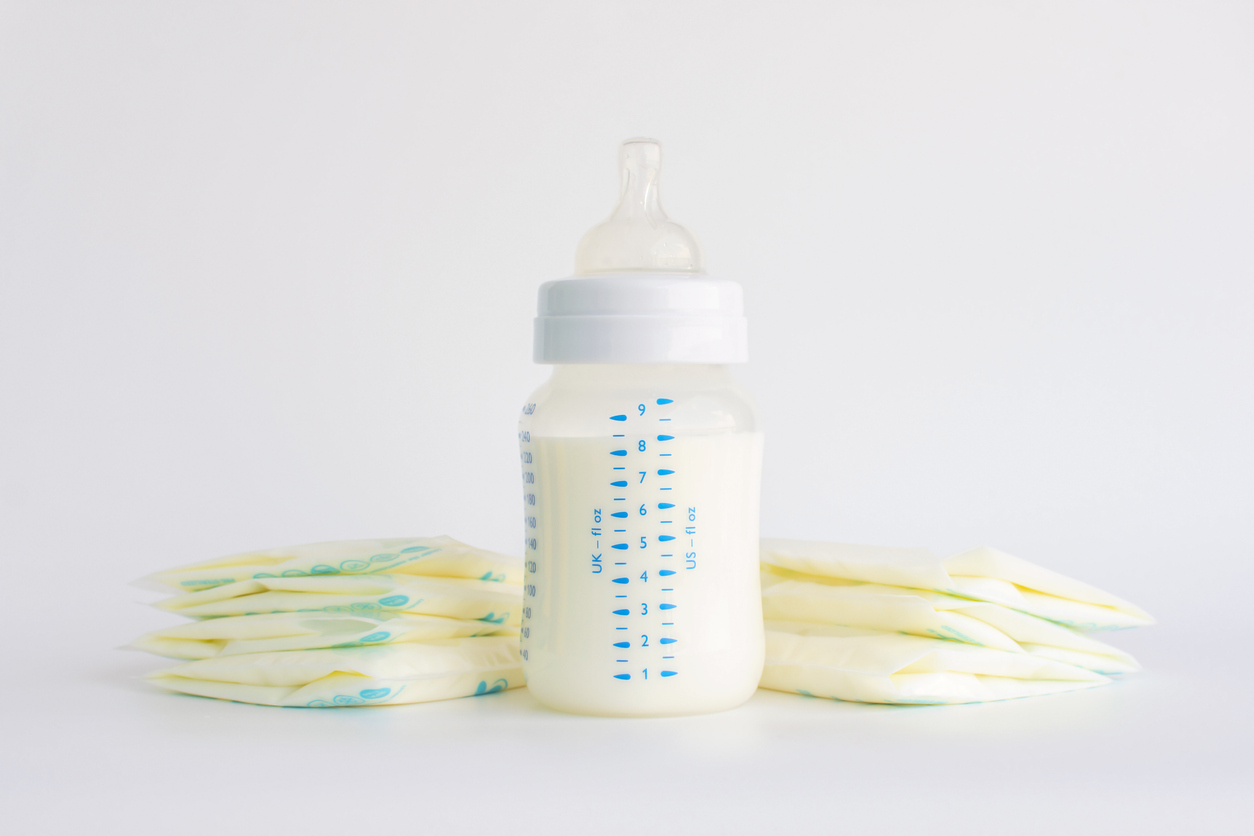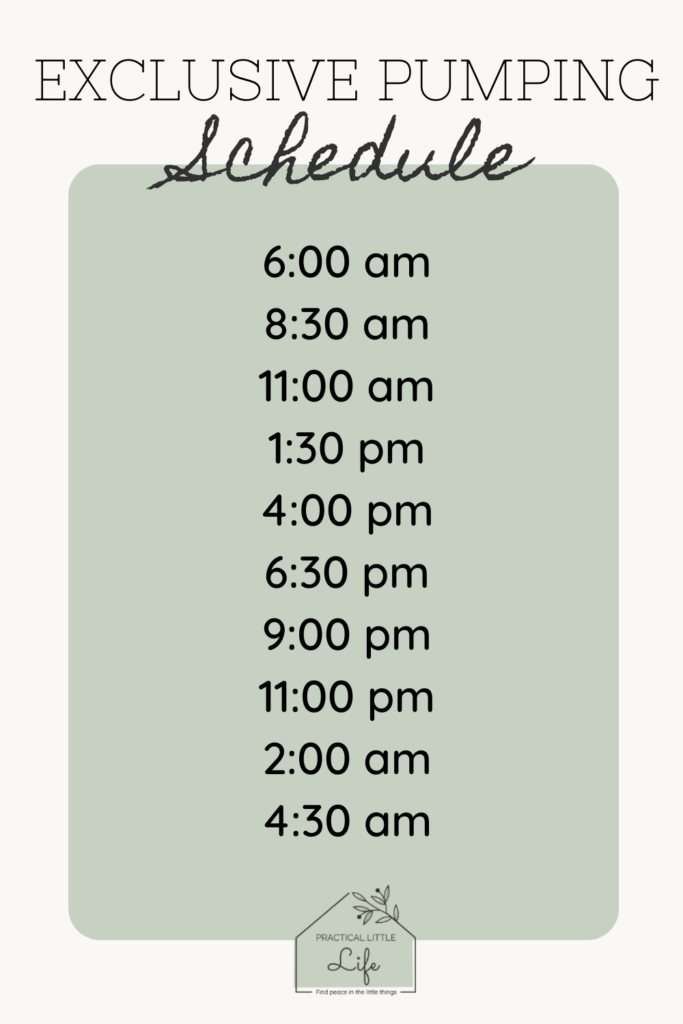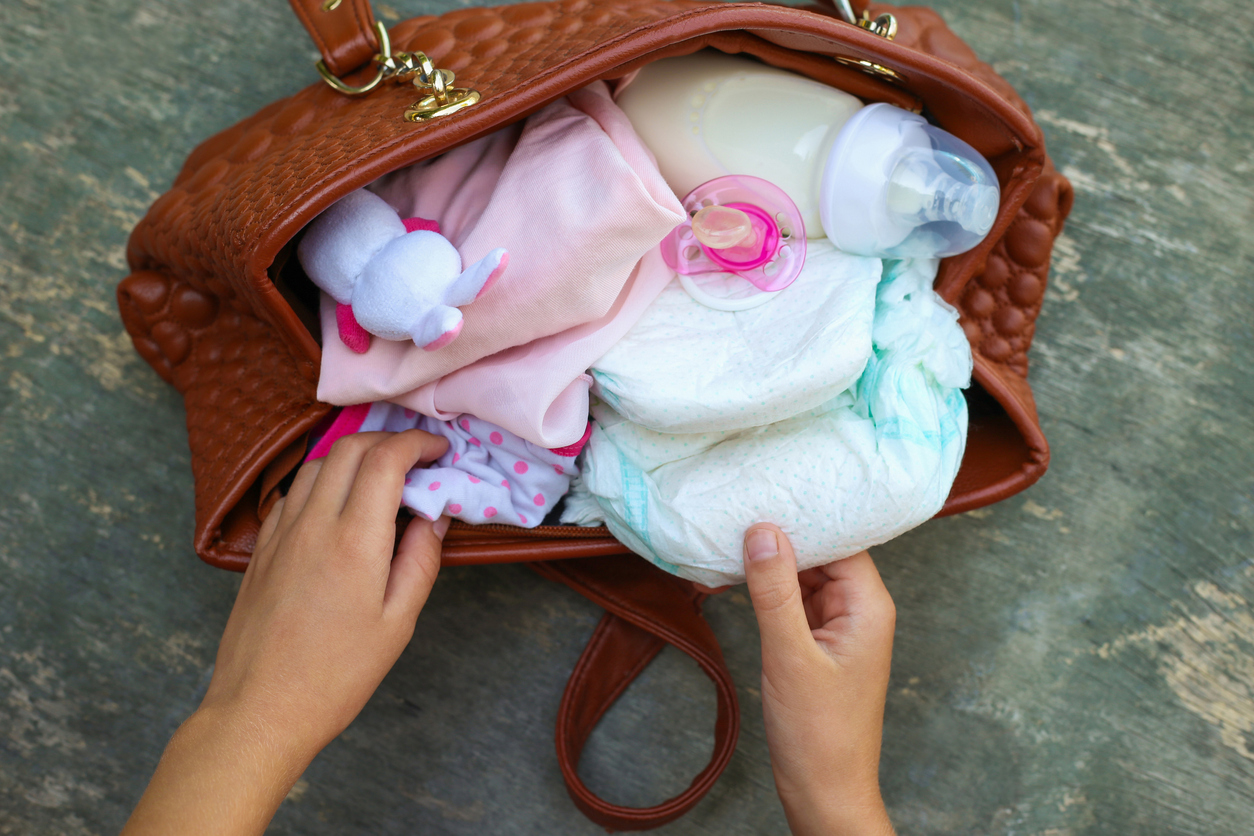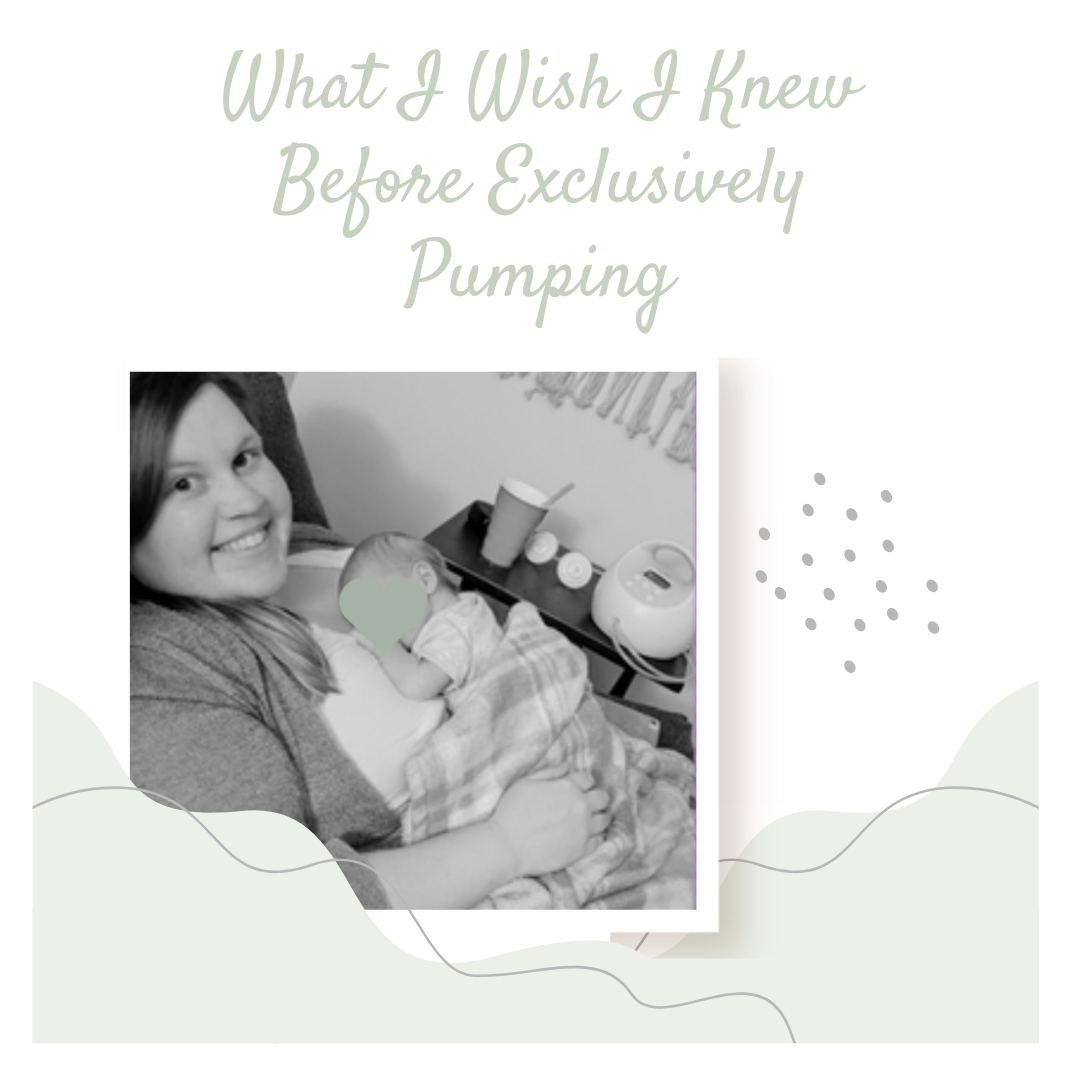Exclusive Pumping Tips: Schedule for Consistent Milk Production

As a mother, you want to provide the best nutrition for your baby, and breast milk is the best food for infants. However, not every mother can breastfeed directly due to a variety of reasons, such as medical conditions, work demands, or personal preferences. Exclusive pumping is a way to provide breast milk to your baby without direct breastfeeding. In this guide, we will cover everything you need to know about exclusive pumping, including the schedule, tips, and milk production.
What is exclusive pumping?
Exclusive pumping means that a mother feeds her baby exclusively with breast milk, but not directly from the breast. Instead, she uses a breast pump to express milk and bottle-feeds the baby. Exclusive pumping requires a significant commitment of time and effort, but it can be a rewarding and fulfilling experience for both the mother and the baby.
How to exclusively pump
If you have decided to exclusively pump, here are some tips to get started:
- Get a good quality breast pump: A hospital-grade double electric breast pump is recommended for exclusive pumping. It’s more efficient and comfortable than a manual pump or a single electric pump. You can rent or buy a breast pump, depending on your budget and needs.
- Create a pumping schedule: A pumping schedule is essential for maintaining your milk supply and ensuring that your baby has enough milk to eat. Aim to pump at least 8-10 times a day, including once or twice during the night. A typical pumping session lasts around 20-30 minutes, but it can vary depending on your milk flow and breast size. Use a timer or an app to track your pumping sessions.
- Find a comfortable and private place to pump: You need a quiet and comfortable space to pump, whether it’s at home, at work, or in public. You can use a nursing cover or a pumping bra to make it easier and more discreet. Relax and focus on your baby or a photo of your baby to stimulate milk production.
- Store and clean your breast milk and equipment properly: Breast milk can be stored in the refrigerator or freezer for different periods, depending on the temperature and container. Follow the guidelines from the CDC or your healthcare provider. Clean your breast pump, bottles, and accessories after each use to prevent contamination.

Setup a Exclusively pumping schedule
A typical exclusively pumping schedule may involve pumping every 2-3 hours, including overnight, and storing the milk for future use. While this method can offer flexibility and convenience, it can also be time-consuming and exhausting. Get started with this exclusive pumping schedule.
Exclusive pumping tips
Here are some additional tips for exclusive pumping:
- Stay hydrated and well-nourished: Drink plenty of water and eat a balanced diet with enough calories, protein, and healthy fats to support milk production. You can also take supplements or lactation cookies if needed.
- Get support from your partner, family, or friends: Exclusive pumping can be challenging and isolating, so it’s important to have a support system. Ask for help with childcare, housework, or emotional support.
- Join a support group or online community: You can connect with other exclusive pumping mothers who share similar experiences and challenges. You can learn from each other, share tips and resources, and get emotional support.
- Take care of your mental and physical health: Exclusive pumping can take a toll on your well-being, so it’s essential to take care of yourself. Take breaks, rest when you can, exercise, and seek professional help if you have any mental or physical health issues.
- How much milk should I be producing when exclusively pumping?
- The amount of milk you produce when exclusively pumping can vary depending on various factors, such as your age, health, stress level, and pumping schedule. On average, a mother can produce around 25-35 ounces (750-1,050 mL) of milk per day when exclusively pumping. However, some mothers may produce less or more than that. Don’t compare your milk supply with others or stress about the numbers. Focus on your baby’s feeding cues, weight gain, and overall health to assess whether he or she is getting enough milk.
Conclusion
Exclusive pumping can be a rewarding and challenging way to provide breast milk to your baby. With the right equipment, schedule, and mindset, you can establish and maintain your milk supply, even if you can’t breastfeed directly. Remember to take care of yourself and seek help if you need it. You are doing a great job as a mother, no matter how you choose to feed your baby.
We hope this guide has provided useful information and tips for exclusive pumping. If you have any questions or comments, please feel free to share them below. Good luck and happy pumping!



